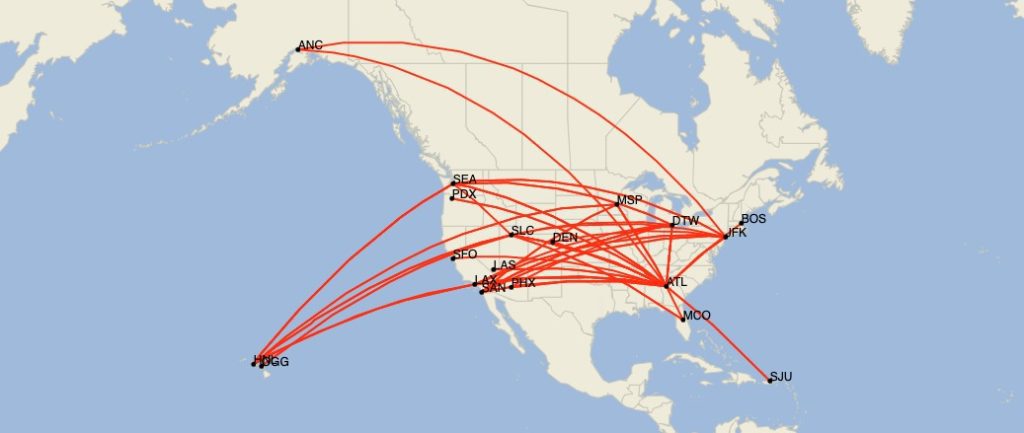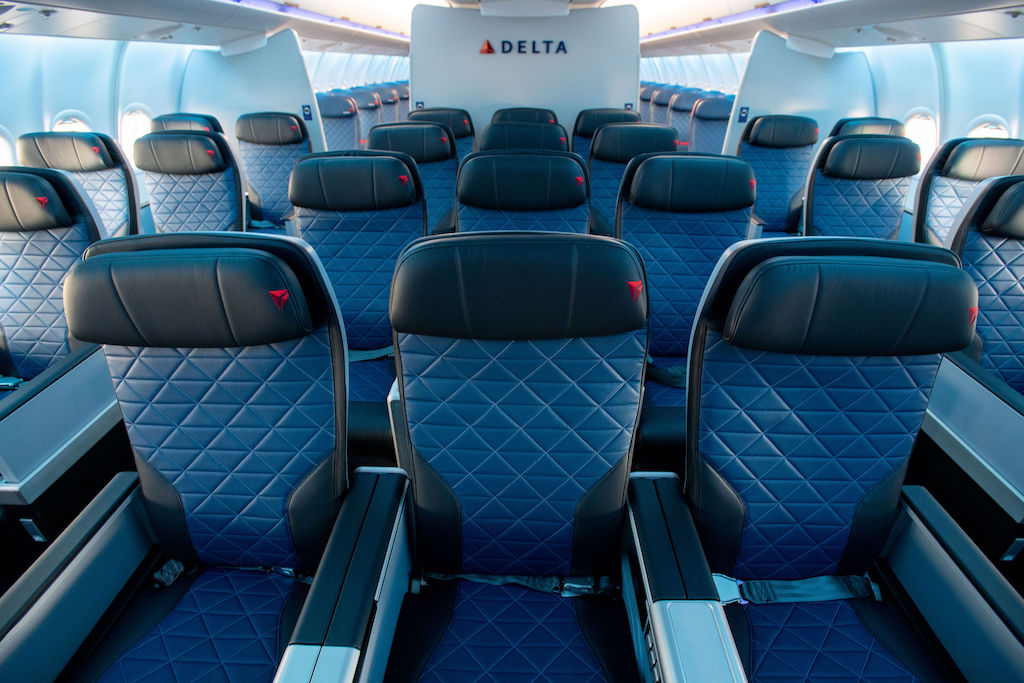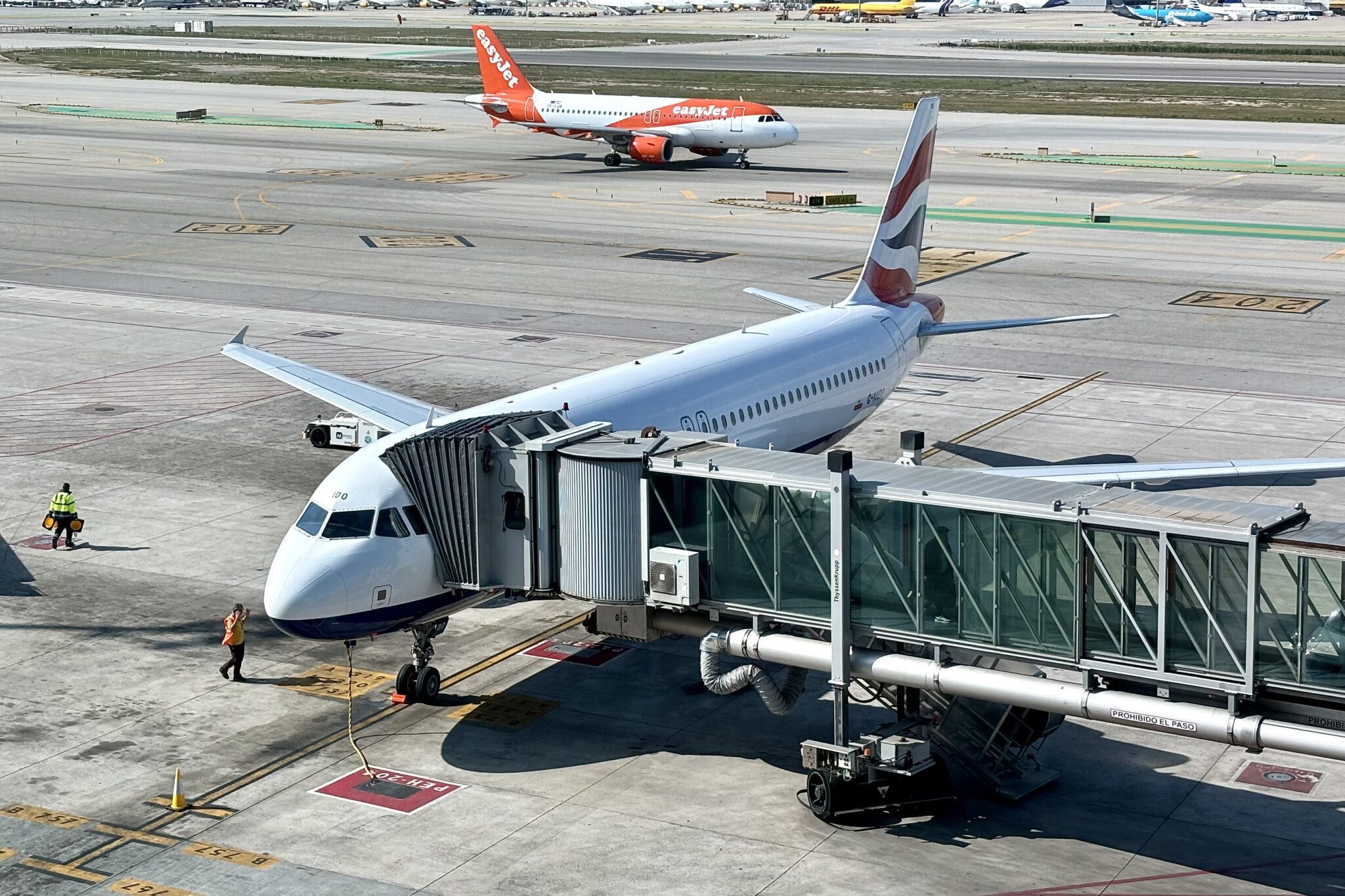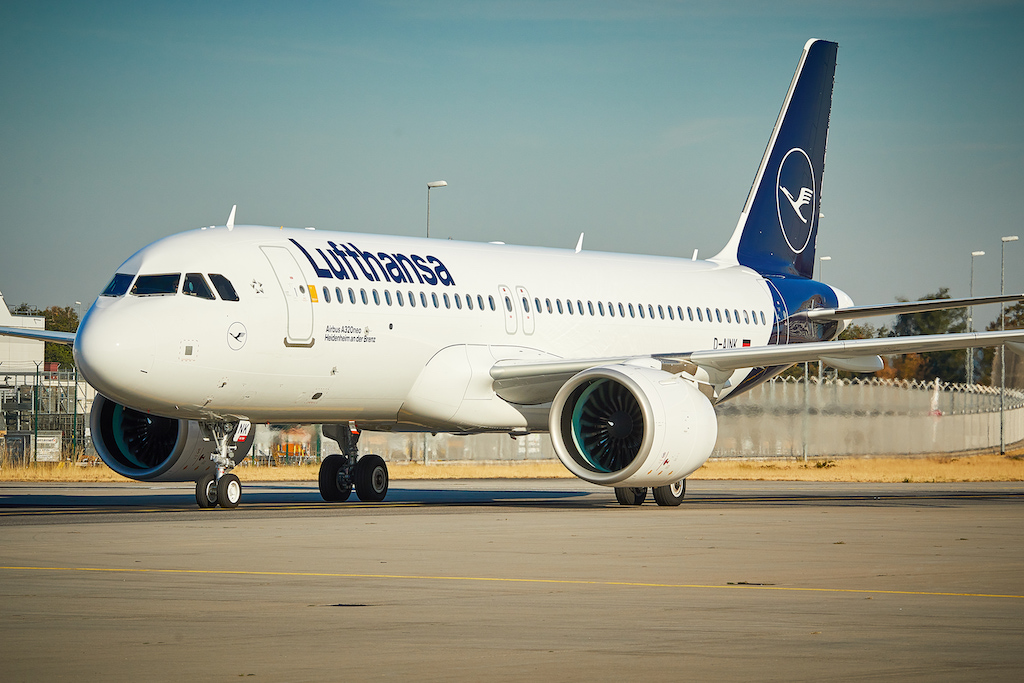Americans heading on vacation may have something more than just getting on a plane to look forward to this summer. With much long-haul international travel grounded amid continued Covid-19 restrictions, airlines are flying more large, twin-aisle jets on domestic flights than they have in decades.
Heading to Denver this summer? Delta Air Lines will fly up to three Boeing 767s a day to the Mile High City from Atlanta in June, Cirium schedules show. Similarly, Boston, Miami, Phoenix, Las Vegas, Portland, Ore., and San Diego will all see significantly more widebody jets on flights across the Big Three U.S. carriers this summer than just two years ago.
The number of U.S. domestic flights on twin-aisle jets is scheduled to increase nearly 40 percent in the second quarter compared to 2019, according to Cirium data. The increase comes as the overall number of flights is due to fall more than 24 percent. At the same time, American Airlines, Delta and United Airlines’ long-haul international schedules — where one would normally expect to find an Airbus A330 or Boeing 787 — are only at 37 percent of 2019 levels. Schedules for the peak summer months of July and August are not yet finalized.
“Through the pandemic because international demand is falling… we’ve been taking out international flights,” American Chief Revenue Officer Vasu Raja said in April. “But as we’ve seen strong bookings in, say, Miami or what have you, we’ve been putting those widebodies in there.”
In short, the shift is simply a response to supply and demand. Supply of available twin-aisle jets is up — even after the dozens of retirements in 2020 — as is demand is to carry holidaygoers to places like Denver, Las Vegas and Orlando.
The economic calculus for flying a widebody domestically is also skewed. A few years ago, executives at American would repeatedly say that the operating economics of a twin-aisle jet — that by definition is wider than a narrowbody model creating more aerodynamic drag — did not make sense for generally lower-yielding domestic flights. However, with the U.S. taxpayer picking up most of the industry’s labor tab through the end of September, it can be more advantageous to use the assets rather than leaving them parked.
Delta had 29 of its more than 120 widebodies in storage — the lowest number since the crisis began — on April 15, according to a memo sent to pilots viewed by Airline Weekly. American is on track to have all of its 850-plus mainline jets back in the air by June, with its Tulsa maintenance base working to reactivate its last few stored Boeing 737s now. And United is speeding to return its 767-400ERs to service to replace some of the lift lost from the temporary grounding of its 52 Pratt and Whitney-powered 777s.
The most dramatic jump is at Delta, which will fly a whopping 290 percent more domestic flights with widebodies than it did two years ago in the second quarter, Cirium data show. American’s domestic widebody operations will rise 30 percent, while both Hawaiian Airlines and United’s domestic widebody operations will be down roughly 20 percent.


The drop at Hawaiian is likely the result of its still reduced flight schedule, which has 38 percent fewer domestic flights than two years ago, Cirium shows. The airline also lists 11 aircraft in temporary storage as of March, but does not indicate whether these are A330s or narrowbody models.
As for United, many of the grounded 777s were those it flew in a high-density configuration specifically for domestic routes. The reductions there appear more likely the result of forces outside of its control than a preference for narrowbodies as the summer bears down.
But summer flying is shaping up to look like something travelers have not seen in the U.S. in decades: Twin-aisle jets plying busy routes long and short. Until the 2000s, widebodies were common on domestic flights, and not just to Hawaii. This was so much the case that Boeing developed the 767-400ER specifically as a replacement for Delta’s domestic Lockheed L-1011s to win an order from the airline in the late 1990s.
“The schedule we have built is designed for the current amount of — for the current leisure-based travel, that’s why we have a 777s flying in the United States,” said Doug Parker, CEO of American, in April. “They’re not made to do that, it’s not going to be happening a year from now.”
Updated with details of Delta’s stored fleet.





